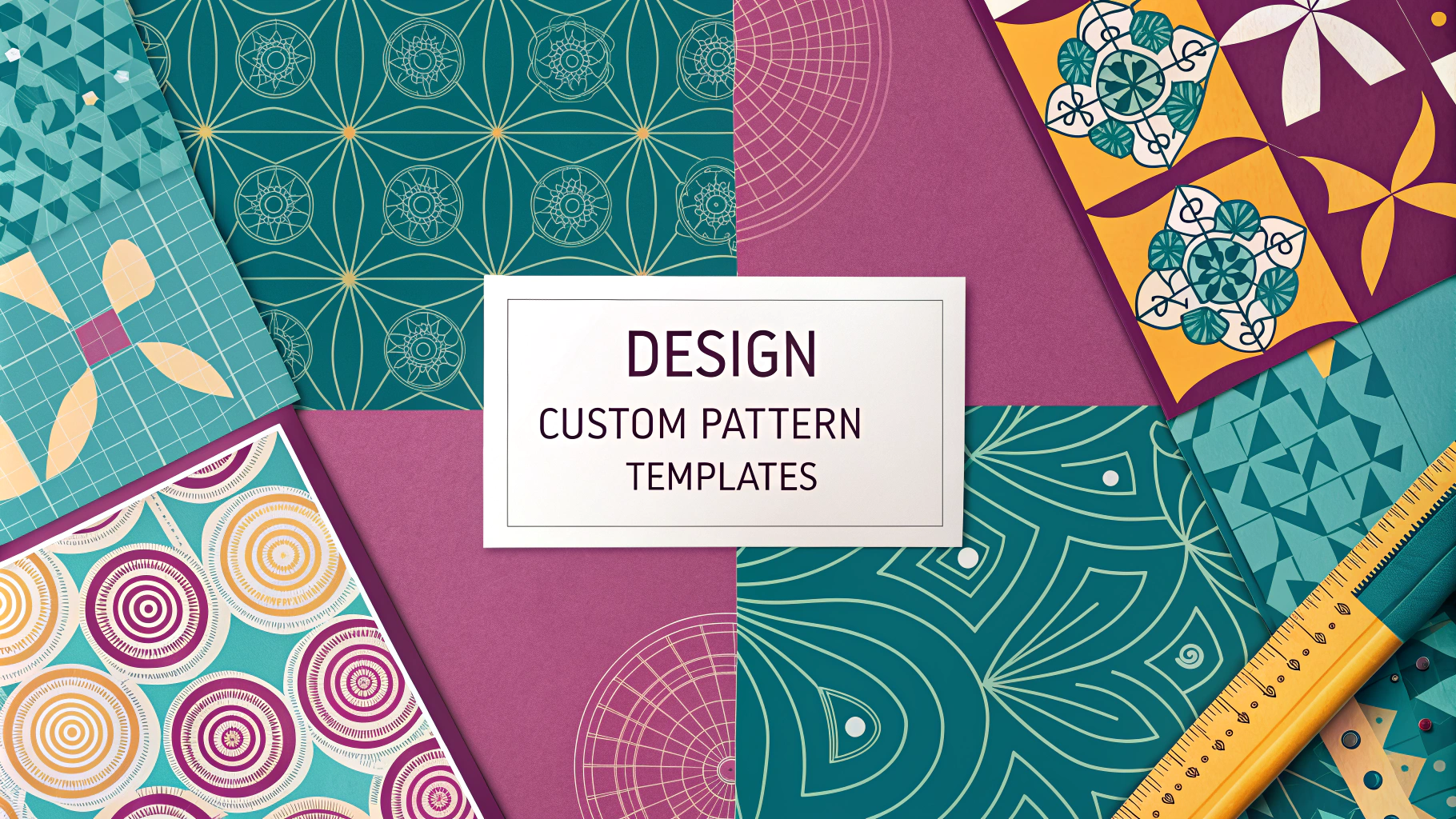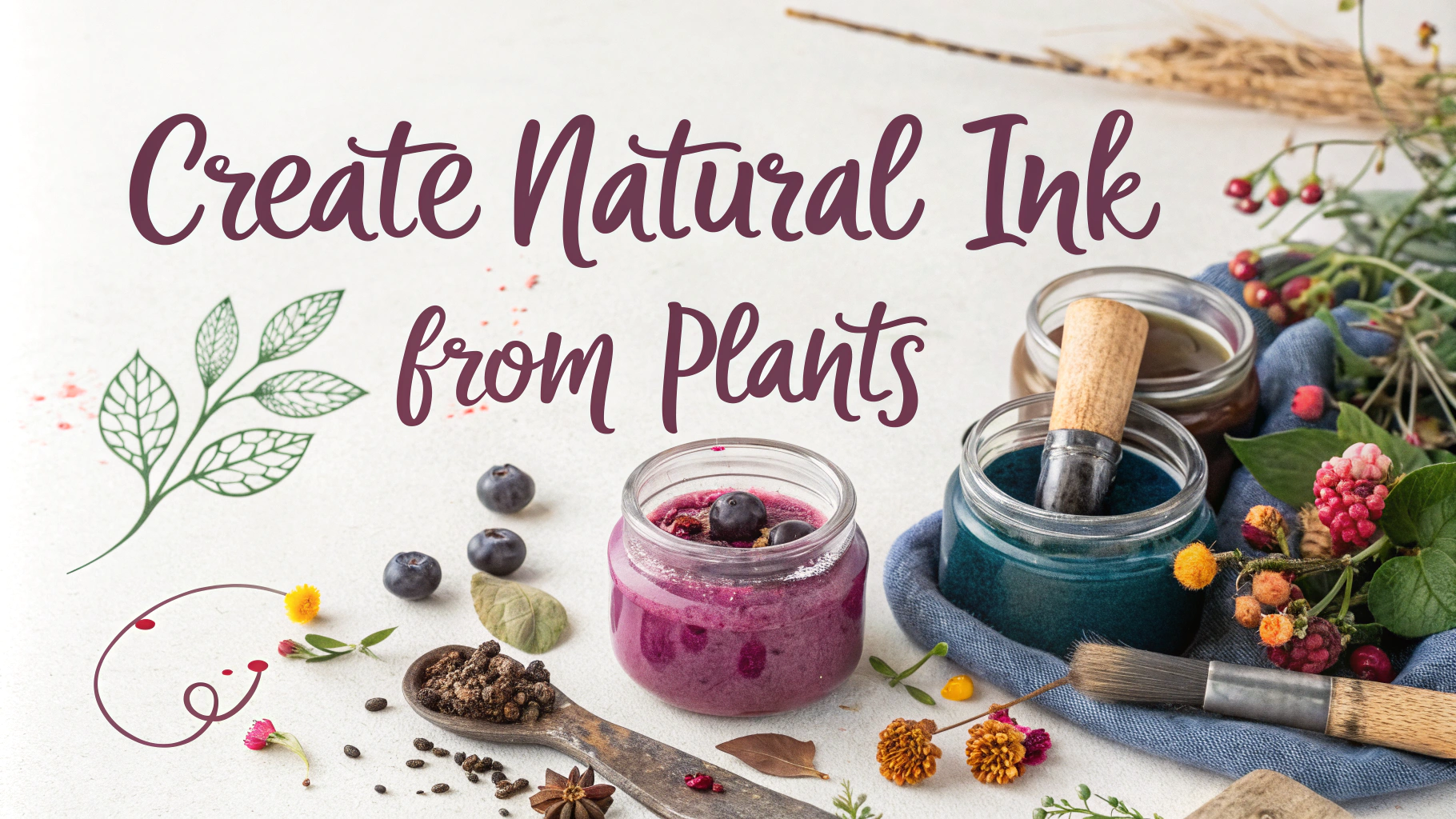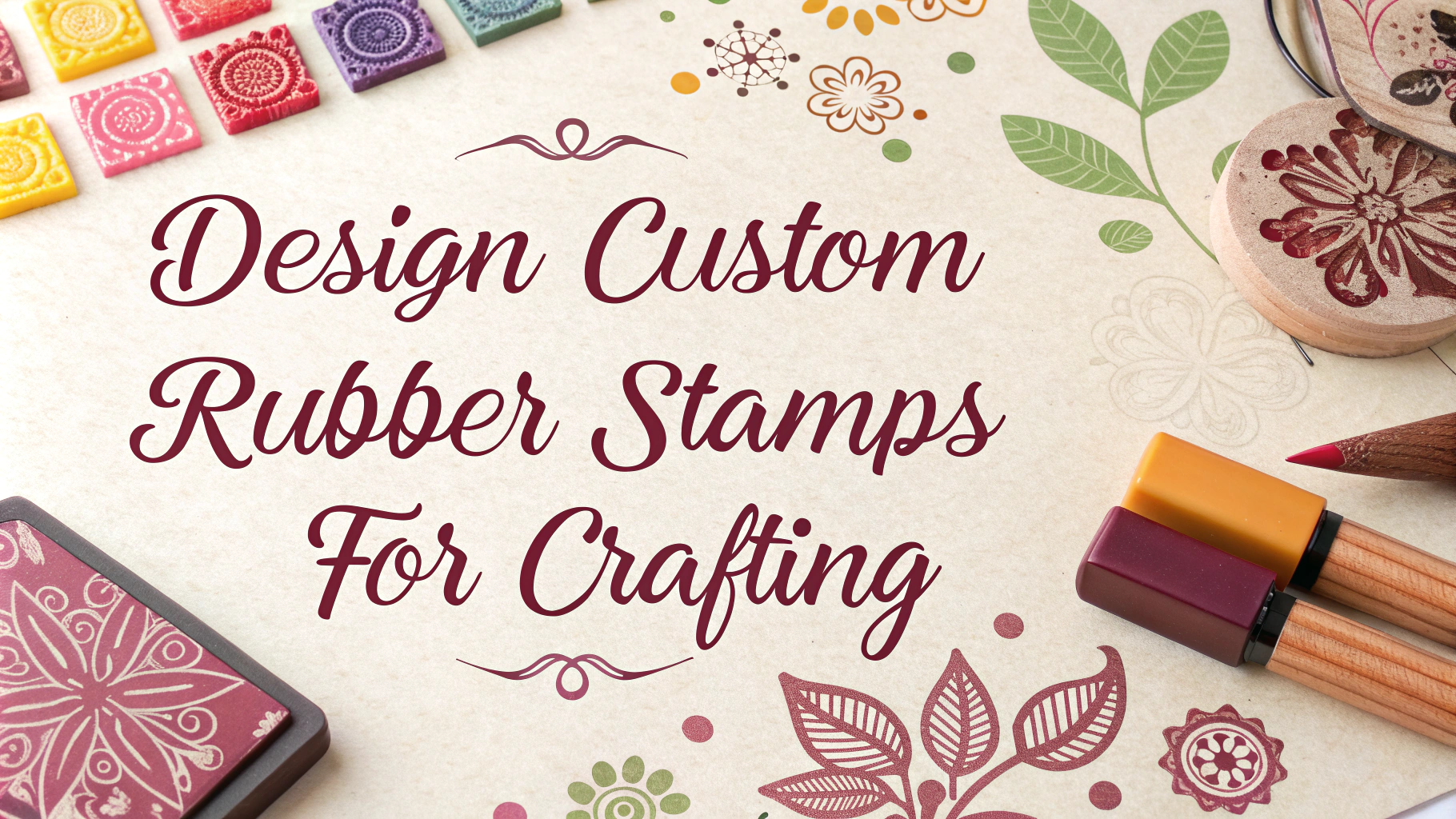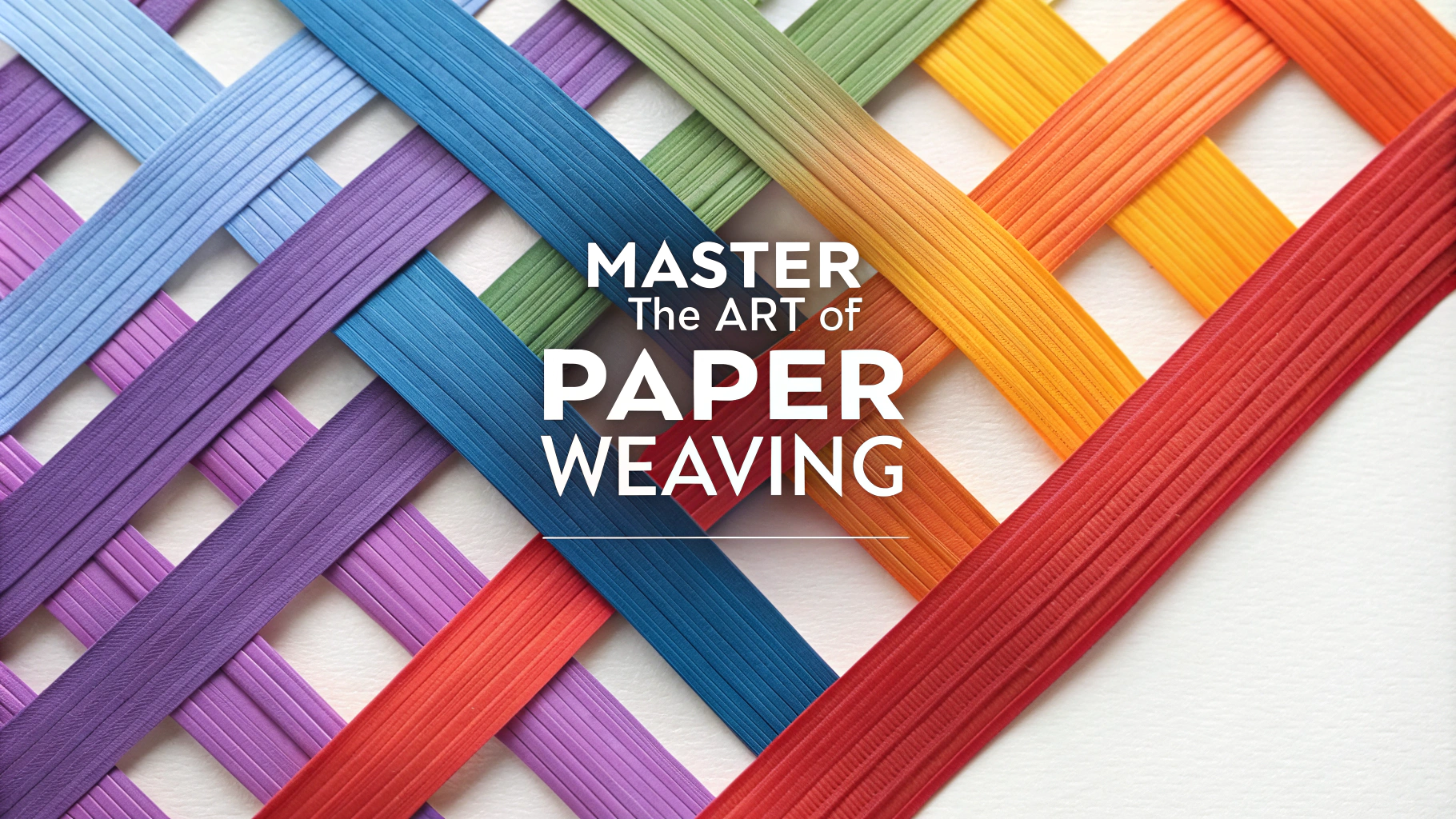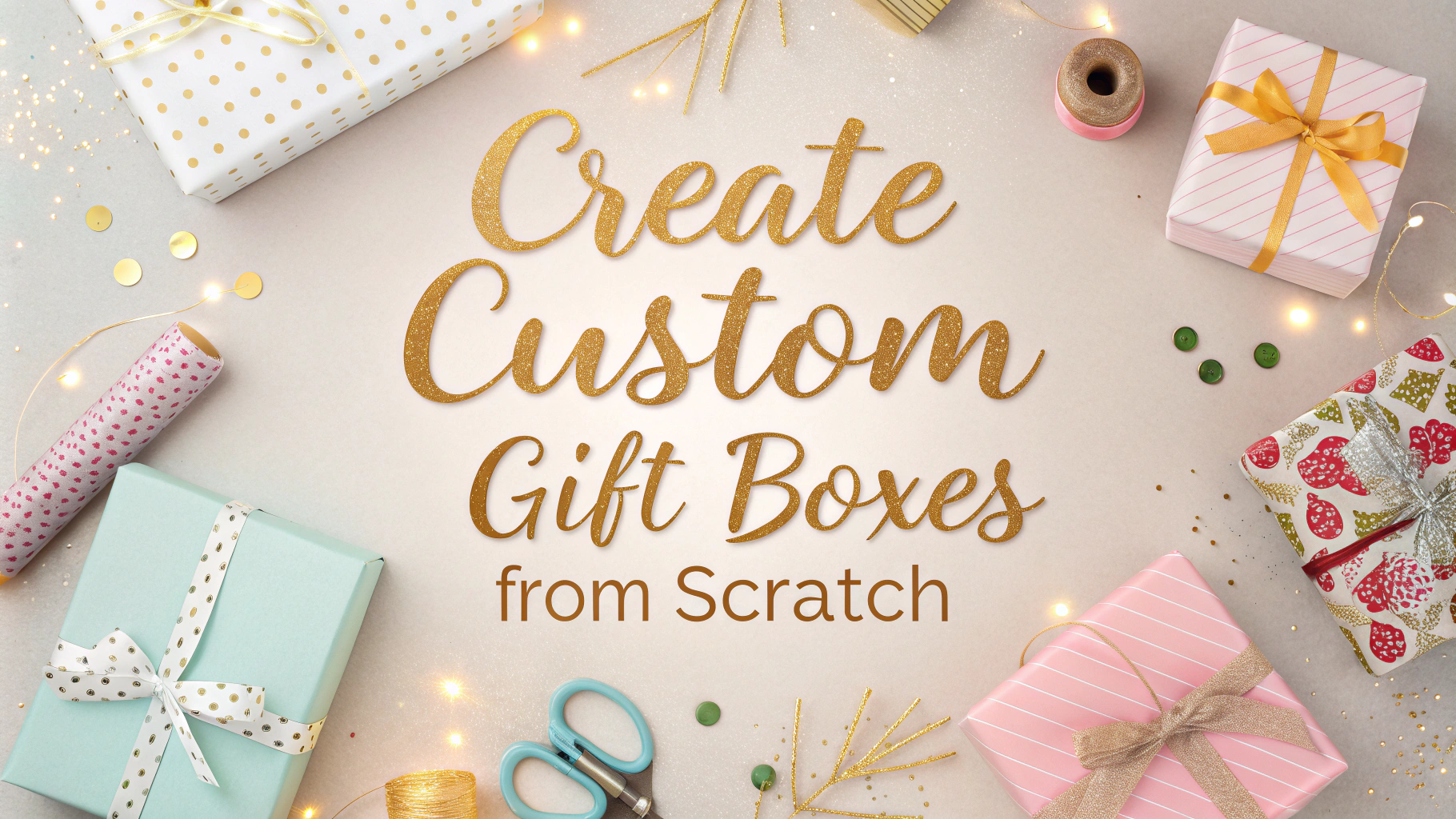Choosing the right craft materials can save both money and frustration while ensuring your projects turn out beautifully.
Essential Craft Supplies Worth Investing In
- Quality Scissors – Fiskars and Gingher brands offer reliable options that stay sharp
- Adhesives – Aleene’s Original Tacky Glue for general crafting, E6000 for heavy-duty bonds
- Cutting Mat – Self-healing mats by Olfa protect surfaces and extend blade life
- Basic Tool Kit – Ruler, craft knife, tweezers, and precision scissors
Materials to Skip or Buy Cheaper Alternatives
- Pre-made craft kits (often overpriced and lower quality)
- Specialty adhesives when regular white glue works
- Brand-name acrylic paint for practice pieces
- Expensive decorative papers for learning techniques
Smart Shopping Tips
Buy basic supplies in bulk during seasonal sales at major craft stores like Michaels, Joann, or Hobby Lobby.
Sign up for store loyalty programs to receive coupons and earn rewards on purchases.
| Store | Best Time to Buy | Typical Discount |
|---|---|---|
| Michaels | Black Friday | 40-70% off |
| Joann | Memorial Day | 50-60% off |
| Hobby Lobby | Weekly Sales | 40% off rotating departments |
Storage Solutions
Clear plastic containers with proper labeling help organize materials and prevent waste.
Quality Control Tips
- Test adhesives on scrap material first
- Check fabric grain before cutting
- Store paint tubes upside down to prevent drying
- Keep tools clean and maintained
Where to Find Materials
- Online: Amazon, Etsy, Dick Blick Art Materials
- Physical Stores: Michaels, Joann, Hobby Lobby
- Specialty Supplies: Local art supply stores, craft fairs
- Budget Options: Dollar stores, thrift shops, yard sales
Join local craft groups or online communities to swap materials and share resources.
Contact Information for Major Suppliers
- Michaels: 1-800-642-4235 | michaels.com
- Joann: 1-888-739-4120 | joann.com
- Hobby Lobby: 1-855-329-7060 | hobbylobby.com
Specialized Materials by Project Type
Paper Crafts
- Acid-free paper for scrapbooking
- Cardstock in various weights
- Specialty scissors with decorative edges
- Paper scoring tools
Textile Projects
- Quality thread in basic colors
- Sharp needles in various sizes
- Fabric marking tools
- Interfacing and stabilizers
Environmental Considerations
Choose eco-friendly materials when possible:
- Recycled paper products
- Water-based, non-toxic adhesives
- Natural fibers and fabrics
- Biodegradable packaging materials
Maintenance Schedule
| Tool | Maintenance Task | Frequency |
|---|---|---|
| Scissors | Cleaning and sharpening | Every 6 months |
| Cutting Mat | Surface cleaning | After each use |
| Paint Brushes | Deep cleaning | Monthly |
Conclusion
Smart material selection and proper storage are fundamental to successful crafting. Invest in quality tools for frequently used items, while seeking cost-effective alternatives for consumables. Regular maintenance and organization will extend the life of supplies and enhance the crafting experience.
Stay connected with crafting communities for additional tips, resources, and inspiration. Remember to balance quality with budget constraints, and always prioritize materials based on project requirements and frequency of use.
FAQs
- What essential craft materials should every beginner have in their starter kit?
A good starter kit should include scissors, various adhesives (white glue, glue stick, and tacky glue), colored paper, pencils, erasers, ruler, and basic cutting mat. - How do I know which type of glue to use for different materials?
White glue works best for paper and wood, hot glue for quick-bonding and fabric, tacky glue for heavier materials, and fabric glue specifically for textiles. Always check product labels for material compatibility. - Are expensive craft materials worth the investment over cheaper alternatives?
Higher quality materials often last longer and provide better results, especially for paper, paint, and brushes. However, beginners can start with budget-friendly options and upgrade as they develop their skills. - What’s the difference between cardstock and regular paper?
Cardstock is thicker (usually 65-110 lb weight) and more durable than regular paper (20-24 lb), making it better suited for structures, cards, and projects requiring stability. - How should I store my craft materials to maintain their quality?
Store materials in cool, dry places away from direct sunlight. Keep adhesives sealed, papers flat, and brushes clean. Use airtight containers for small items and vertical storage for paper products. - What materials should I avoid buying in bulk as a beginner?
Avoid bulk purchases of adhesives (they can dry out), specialized tools you haven’t tested, perishable materials like rubber cement, and trend-specific items until you’re sure you’ll use them regularly. - How do I choose the right paint for different surfaces?
Acrylic paint works on most surfaces, tempera is best for paper and kid’s crafts, enamel for glass and metal, and fabric paint specifically for textiles. Surface preparation is key for any paint type. - What’s the difference between different types of scissors in crafting?
Precision scissors are for detailed cutting, fabric scissors should be used exclusively for fabric, paper scissors for general use, and decorative scissors for pattern edges. Never use fabric scissors on paper. - How can I tell if craft materials are archival quality?
Archival materials are acid-free, lignin-free, and pH neutral. Look for labels indicating “archival quality,” “acid-free,” or “conservation grade” when buying papers, adhesives, and storage materials. - What craft materials are potentially toxic and require special handling?
Spray adhesives, certain paints, resin, and some modeling materials require ventilation and protective gear. Always read safety labels and keep these materials away from children and pets.


